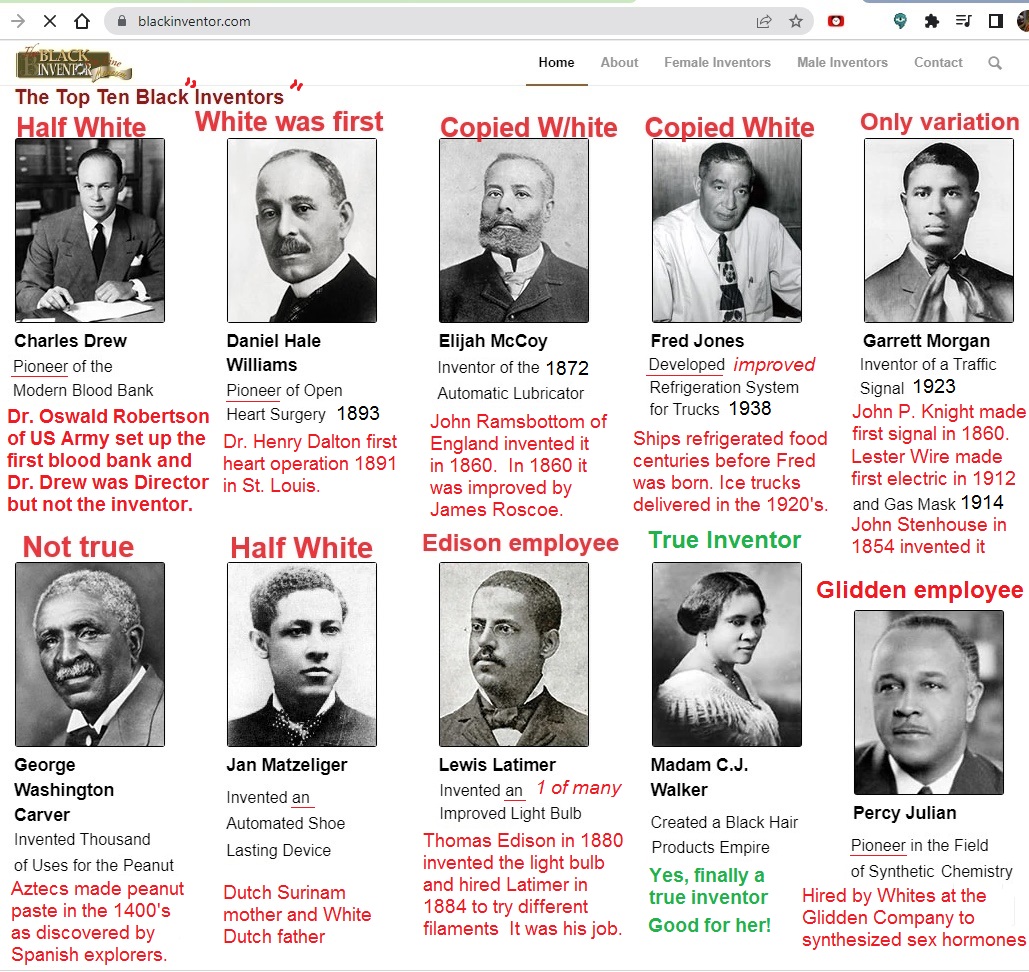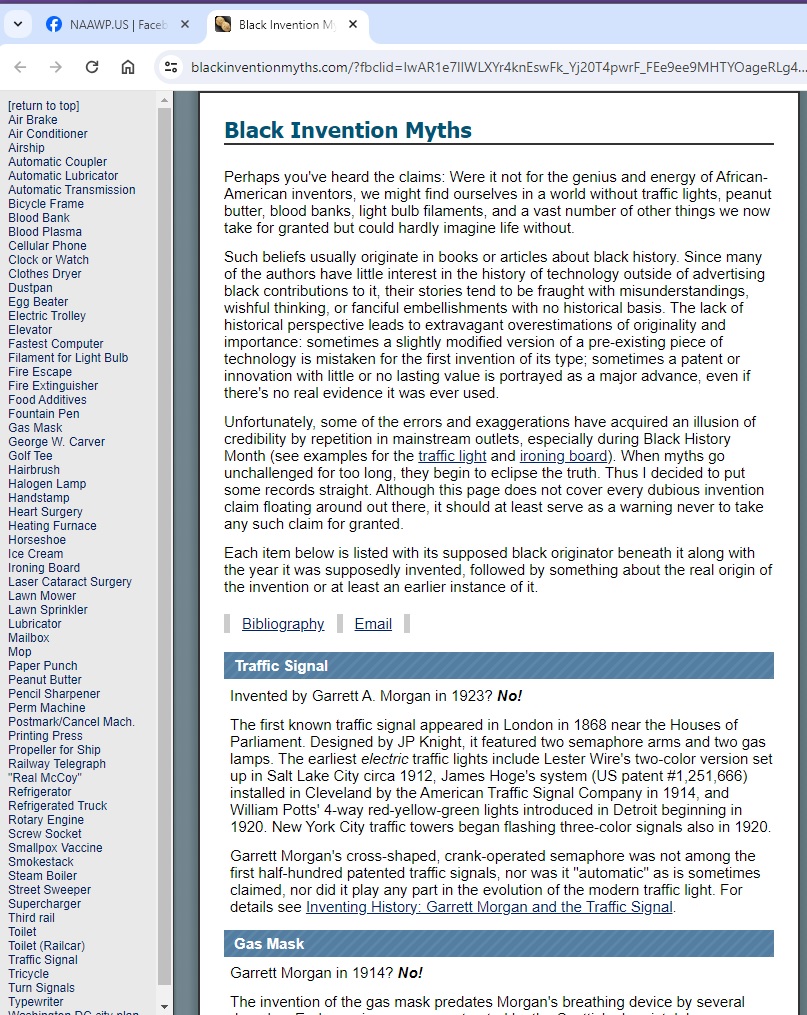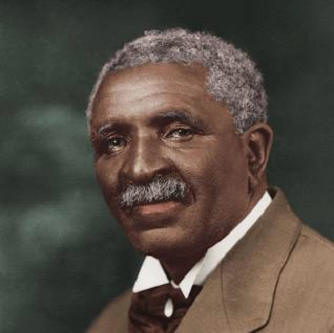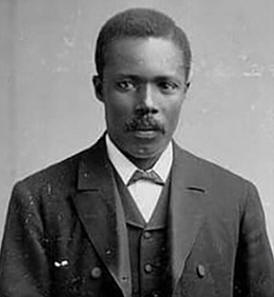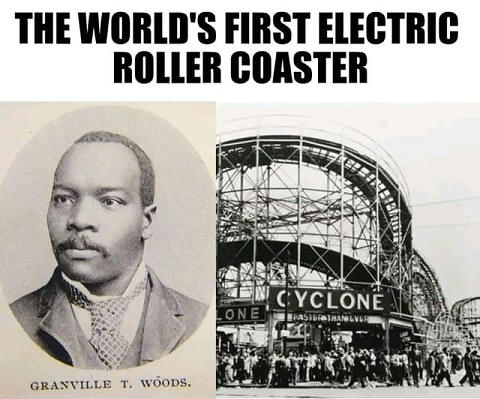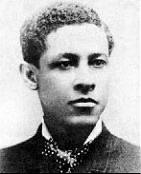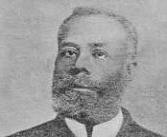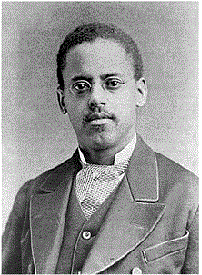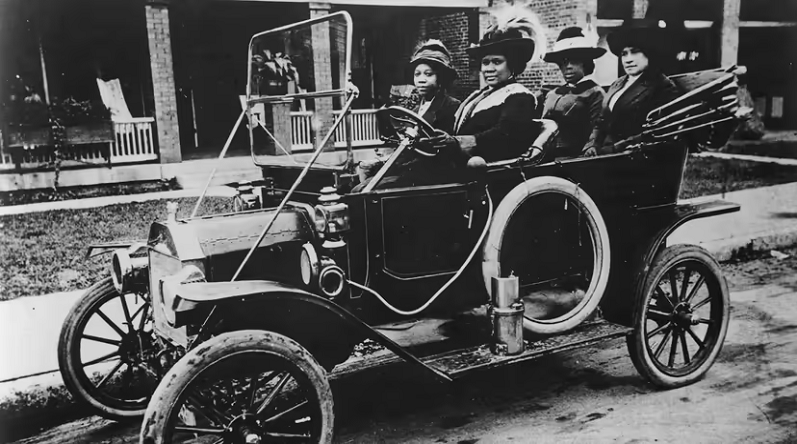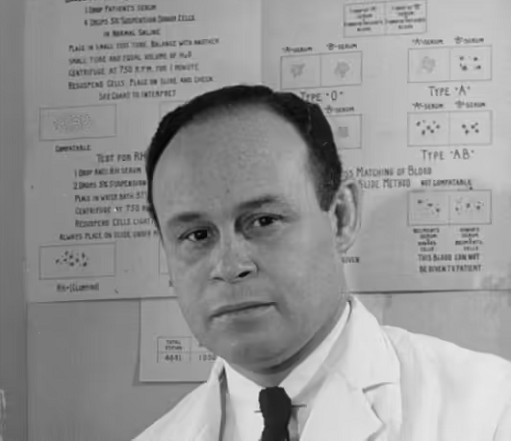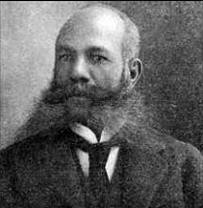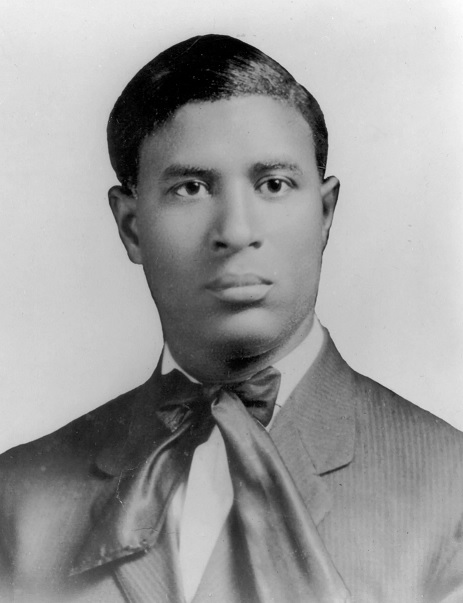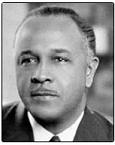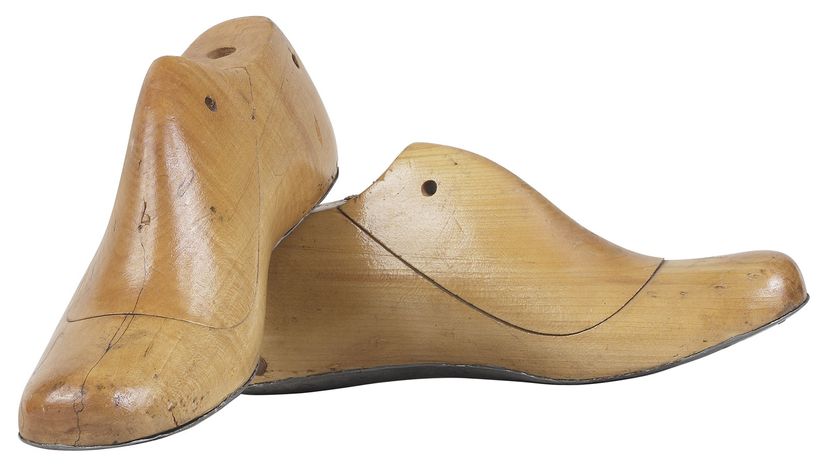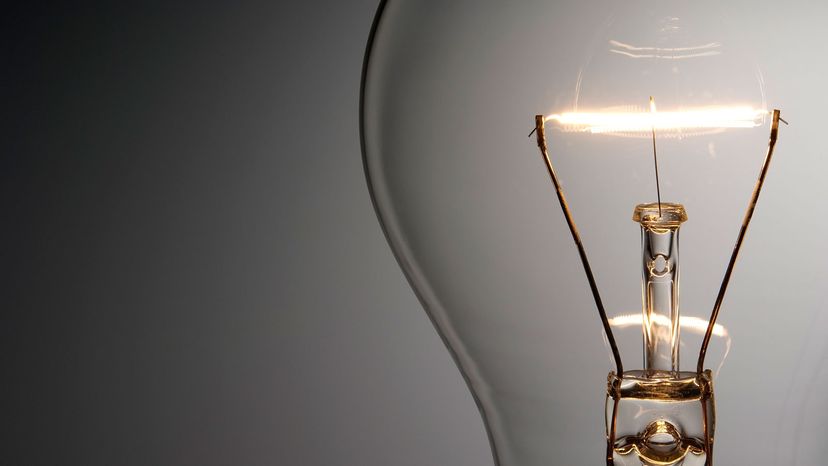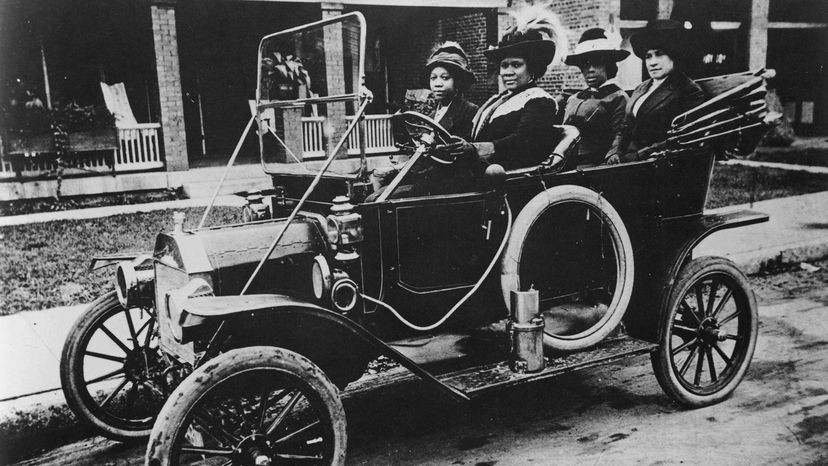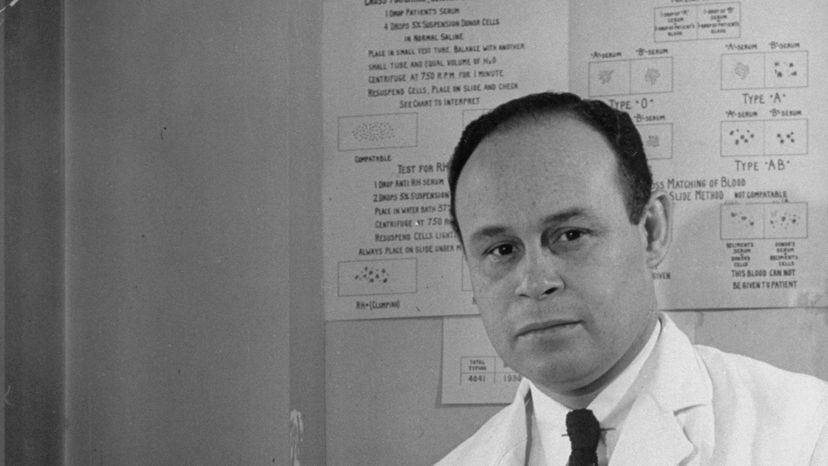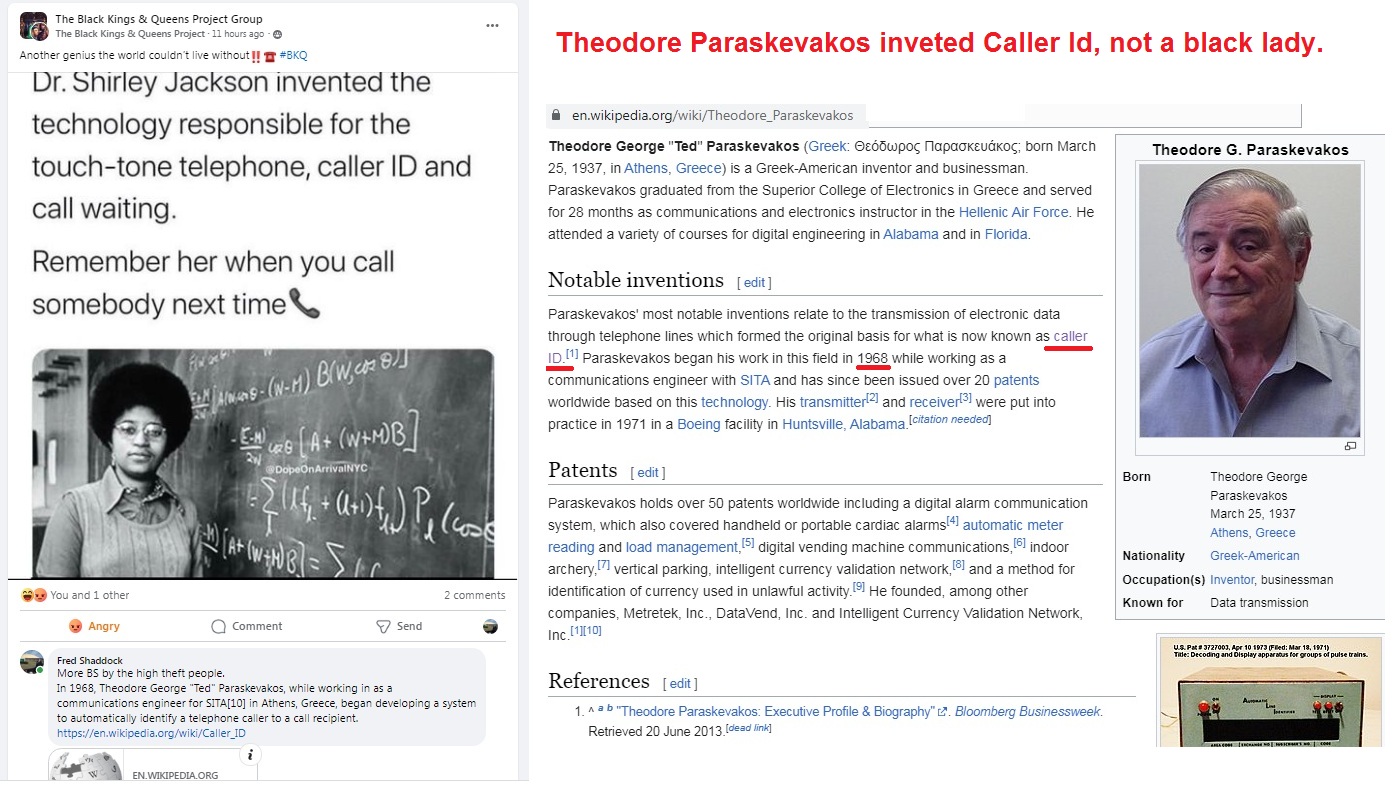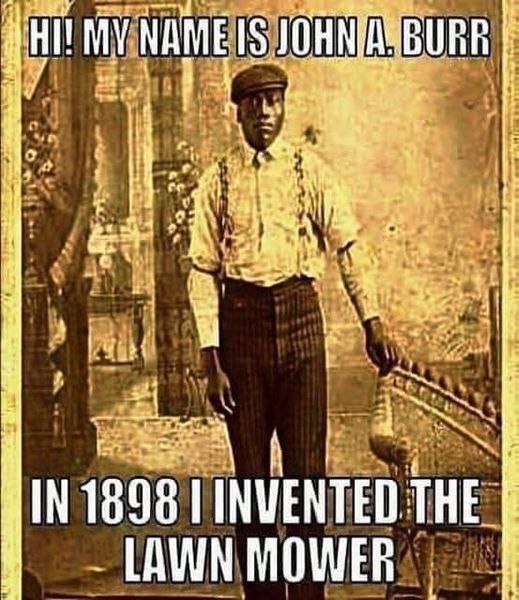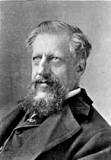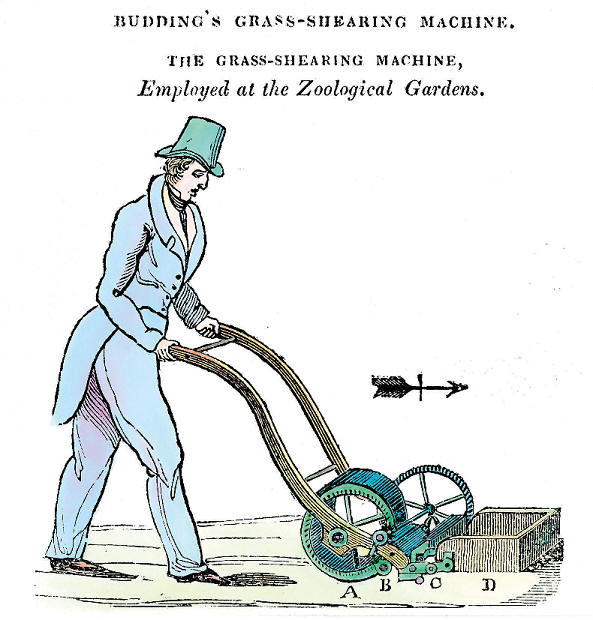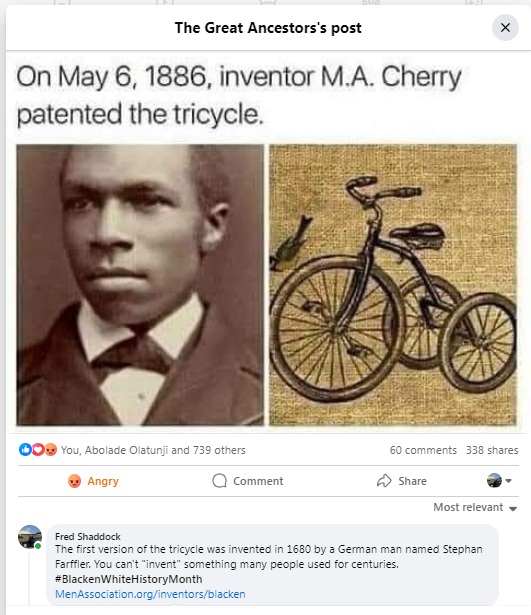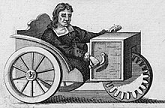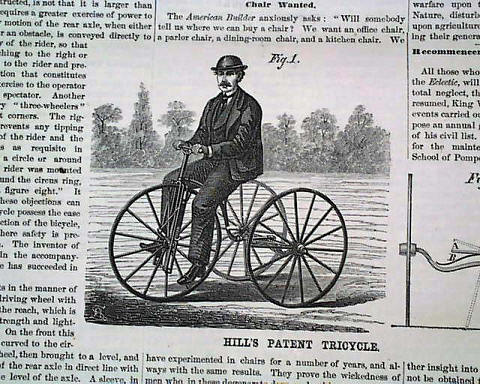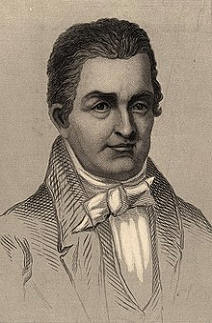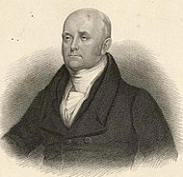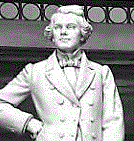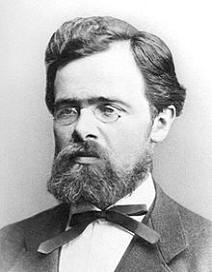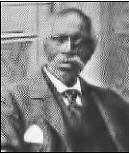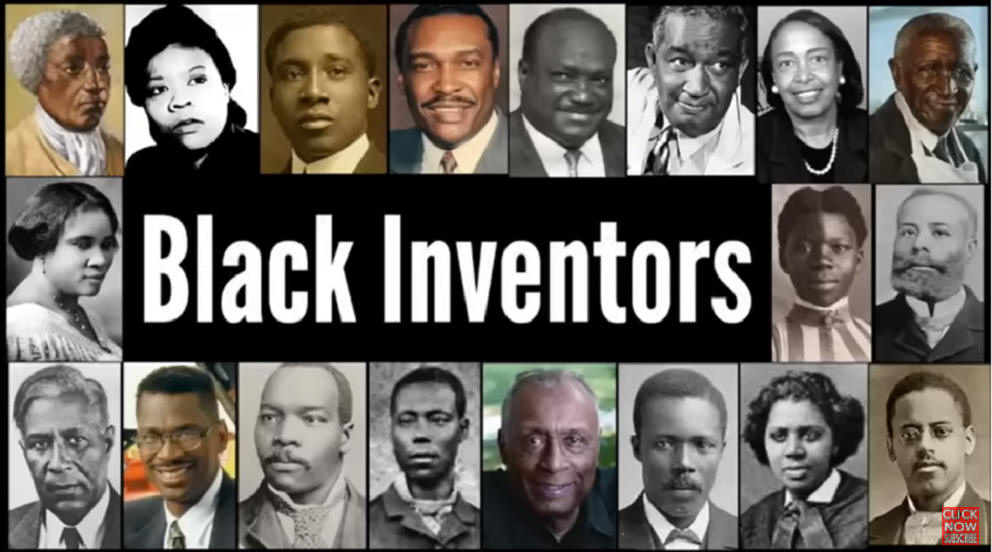When asked to name an African American inventor, many people might immediately think of George Washington Carver and peanut butter. The two have gone as well together as peanut butter and jelly in many history textbooks, but it's actually a myth that Carver came up with peanut butter. NO
Carver's fascination with the peanut began when he was convincing Southern farmers to adopt his method of crop rotation. Instead of growing cotton every year, which was depleting the soil, Carver urged farmers to alternate cotton with legumes, which provided nutrients to the soil. The farmers obliged, but they had no way to sell all those peanuts. Carver went into the laboratory to come up with products that would make peanuts marketable.
Carver is credited with devising more than 300 different uses for peanuts, including dye, soap, coffee and ink, and his innovations provided the South with an important crop — but peanut butter wasn't one of his ideas. However, many other important inventions were developed by African Americans. Here are just 10 of them.
